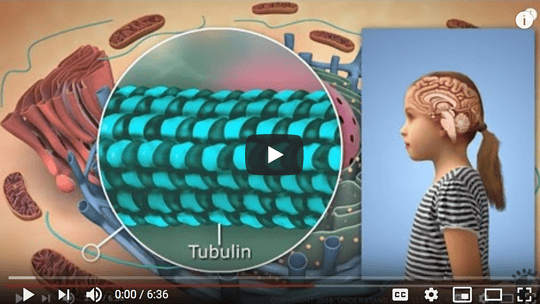Molecular Mimicry, Autoimmunity, and Infection: The Cross-Reactive Antigens of Group A Streptococci and their Sequelae
Madeleine W. Cunningham
Microbiology Spectrum-August 2019
Author manuscript – In advance of print
The studies suggest 1) that the antibodies against streptococci and brain in Sydenham chorea and related diseases produce CNS dysfunction through a neuronal signal transduction and subsequent excess dopamine release mechanism and 2) that the molecular targets of the chorea antibodies include lysoganglioside and the dopamine receptors in neuronal cell membranes. The anti-neuronal autoantibodies also target the group A streptococcal carbohydrate epitope N-acetyl beta-D-glucosamine present on the rhamnose backbone of the carbohydrate and present in the cell membrane and wall of the group A streptococci as well as the intracellular brain protein tubulin. The diagram in Figure 15 illustrates proposed events of how antineuronal autoantibodies against lysoganglioside and the dopamine receptors D1 and D2 may function in Sydenham chorea and PANDAS (3).


